Tags
In 2015, a strange news story went viral. The Bretzius family of Auburn, PA were renovating their 1930s home to discover animal corpses wrapped in newspaper tucked within the walls. The carcasses were filled with spices and other items. The newspaper wrappings dated from the 1930s and 1940s. The family purchased the 2,320 square foot, 5 bedroom/2 bath home in 2011, which fell far outside the window for recourse from the home inspection. The family was saddled with expensive repairs, spending over $20,000. However, they were curious and wanted to know more about the creatures. Somewhere along the line, they were told the animals were part of Dutch magic, or Powwow.


I became fascinated with the resurgence of the story. As you may know, I’m an avid genealogist and have taken many ancestral lines to the American Revolution. My material line has deep roots in Pennsylvania, with many associated with the Pennsylvania Dutch. I found a lot of information on Barnstars and Hexsigns but nothing about wrapping dead animals in newspaper and stuffing into the walls as protection spells.
Pennsylvania Dutch (PA Dutch) is divided into two categories: The Plain Dutch and the Fancy Dutch. I have ancestors in both. The Plain Dutch are the Amish and Mennonites, etc. They are plain folk, hence the name. And they’re not actually Dutch. Their religion forbids decorations, among other limitations. They did not participate in painting stars or hexes on their barns.
The Fancy Dutch are the German Lutherans and German Reformed people who relocated in America, bringing their Dutch and German culture with them. While in Europe, they did not paint symbols on their barns This is unique to their American lives.
PA Dutch Magic is called Brauche or Braucherei and incorporates the Bible into spiritual healing. Bible verses are woven into folk practices. There are pre-Christian and pagan traditions involved, as well. Early settlers interacted with the Native American Indians and appropriated the Algonquian word “powwow” or “pow-wow” for their ritualistic healing. The word can be a verb implying a trance or divination or a noun for ritualistic procedures. It is still used today.
In the early 1800s, these people sought visual protections and created the Barn Star. These “painted prayers” were large circles with painted geometric images inside. One Barn Star is dated back to the 1850s; a painted star on a stone wall was dated back to the 1700s.


The German saying “Yuscht fer schee” encapsulates the essence of the artform. “Just for nice” connotes a playful take on these pieces. No one really knows the meaning of these brightly colored, simplistic circles; however, the answer to why Pennsylvania is known. Early settlers of the state arrived with open arms and religious freedom. The ability to paint visual spells to ward off evil was acceptable.
There is much debate on whether the Barn Stars are, in fact, magic. Practitioners remain secretive about the Dutch magic practices and rarely disclose any aspect to non-Dutch people. Unfortunately, it is dying off.
In 1923, Wallace Nutting coined the term “hexafoos,” or witch’s foot, to describe this distinctly and uniquely Pennsylvania folk art in his book Pennsylvania Beautiful. He attributed them to witchcraft and spell work.
In the 1940s, the term “Hex Sign” was created for travelogues. These painted wooden disks ranged in size from 8 inches to 4 feet and provided a tourist destination for Americans to embark. Quite a few survive today with contemporary artists creating hexes painted directly onto the barn or crafted from pre-cut wooden disks that are painted and then hung using screws. Search online at Etsy or individual artists for pricing.
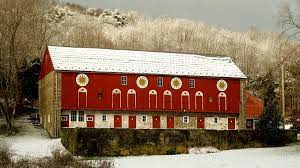
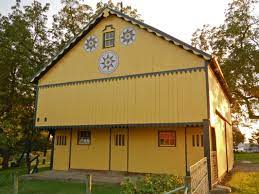
Interestingly, many people associate hexes with evil. This is most certainly not the case. Barn Stars and Hex Signs grew from strong biblical beliefs. The state of Pennsylvania embraces this history; there is even a trail that you can take to view them.
So, you may be wondering how I jumped from stuffed carcasses to Hex Signs. That’s just how my mind works. I’m conducting further research on PA Dutch magic and may come up with the link. In the meantime, plan your road trip and view these beautiful representations of German American heritage.

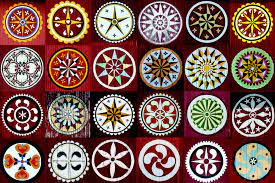



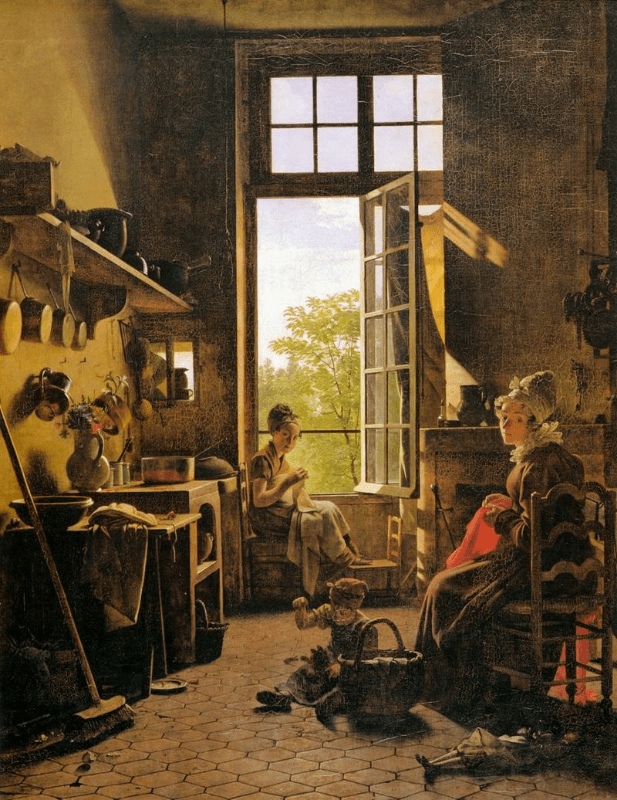





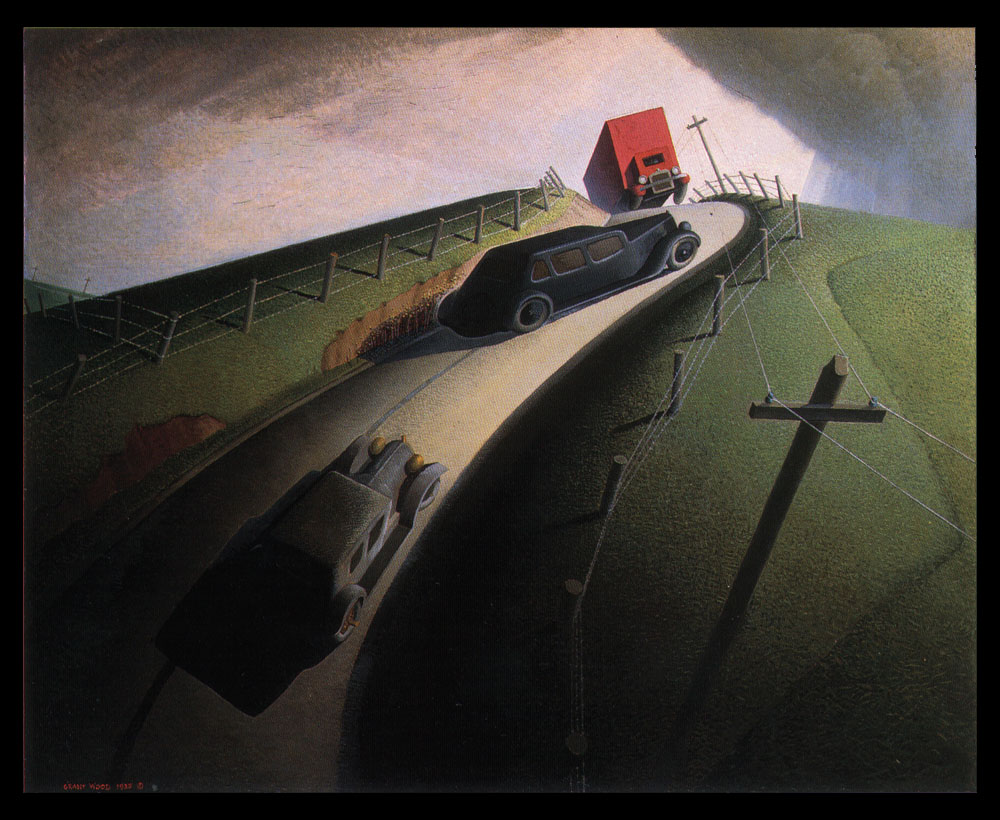



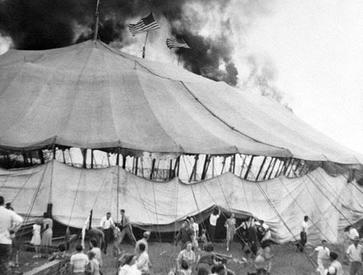

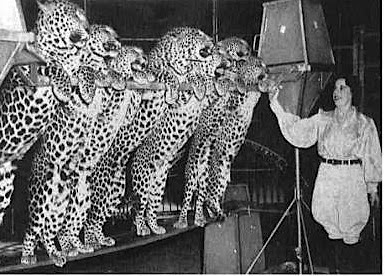
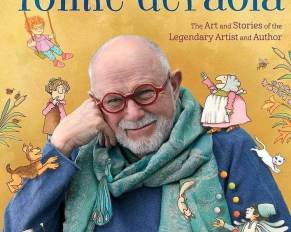

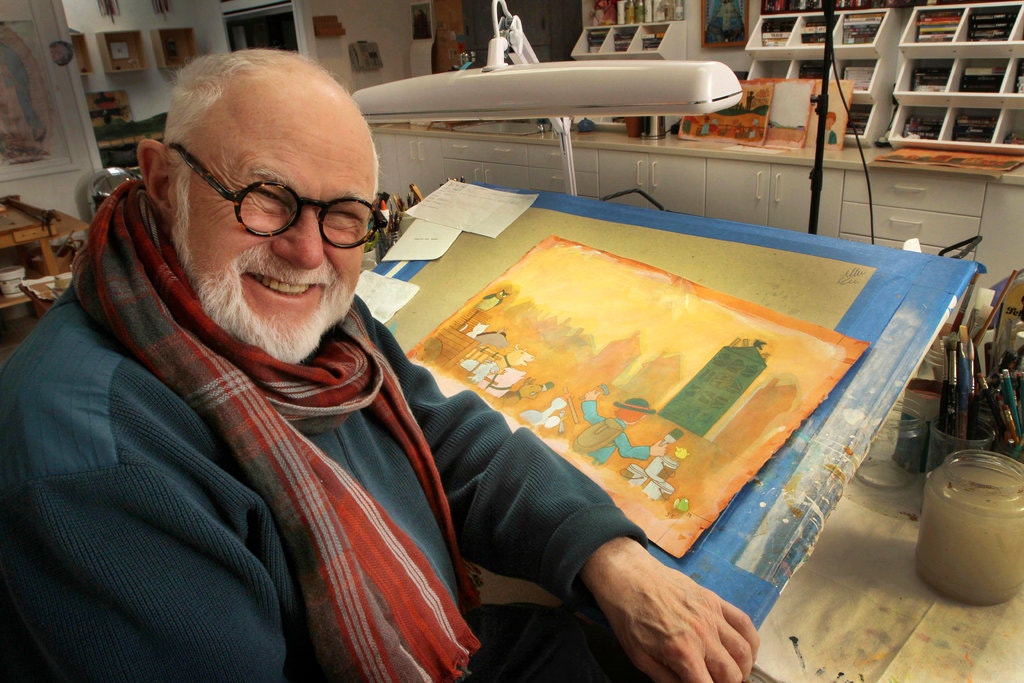
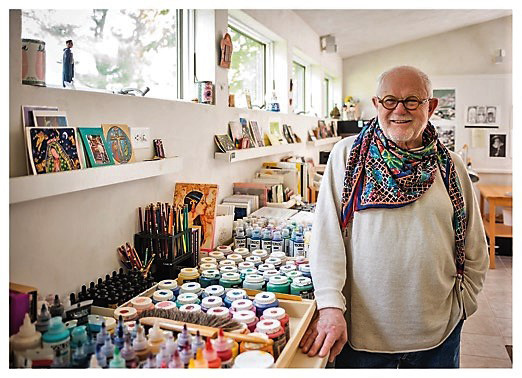

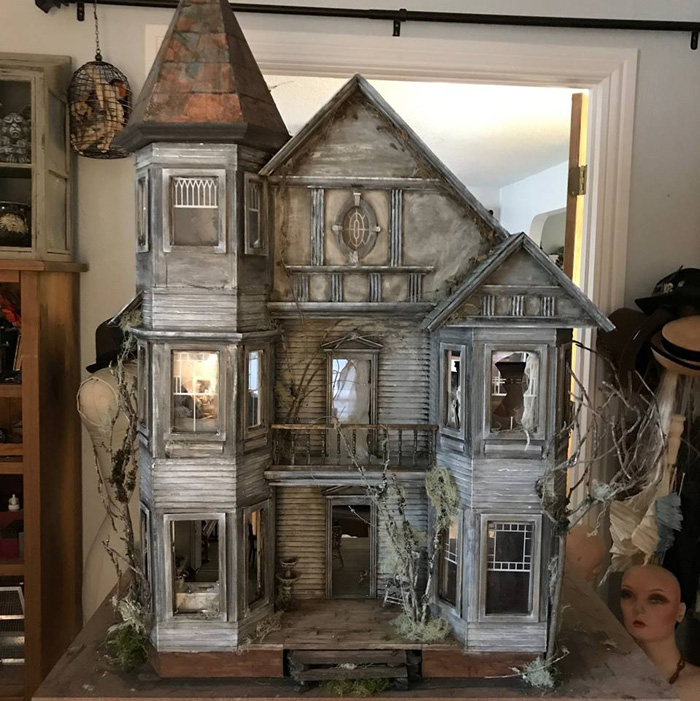






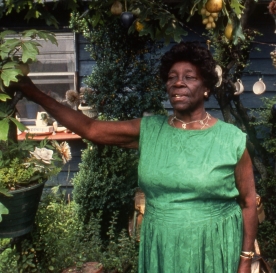








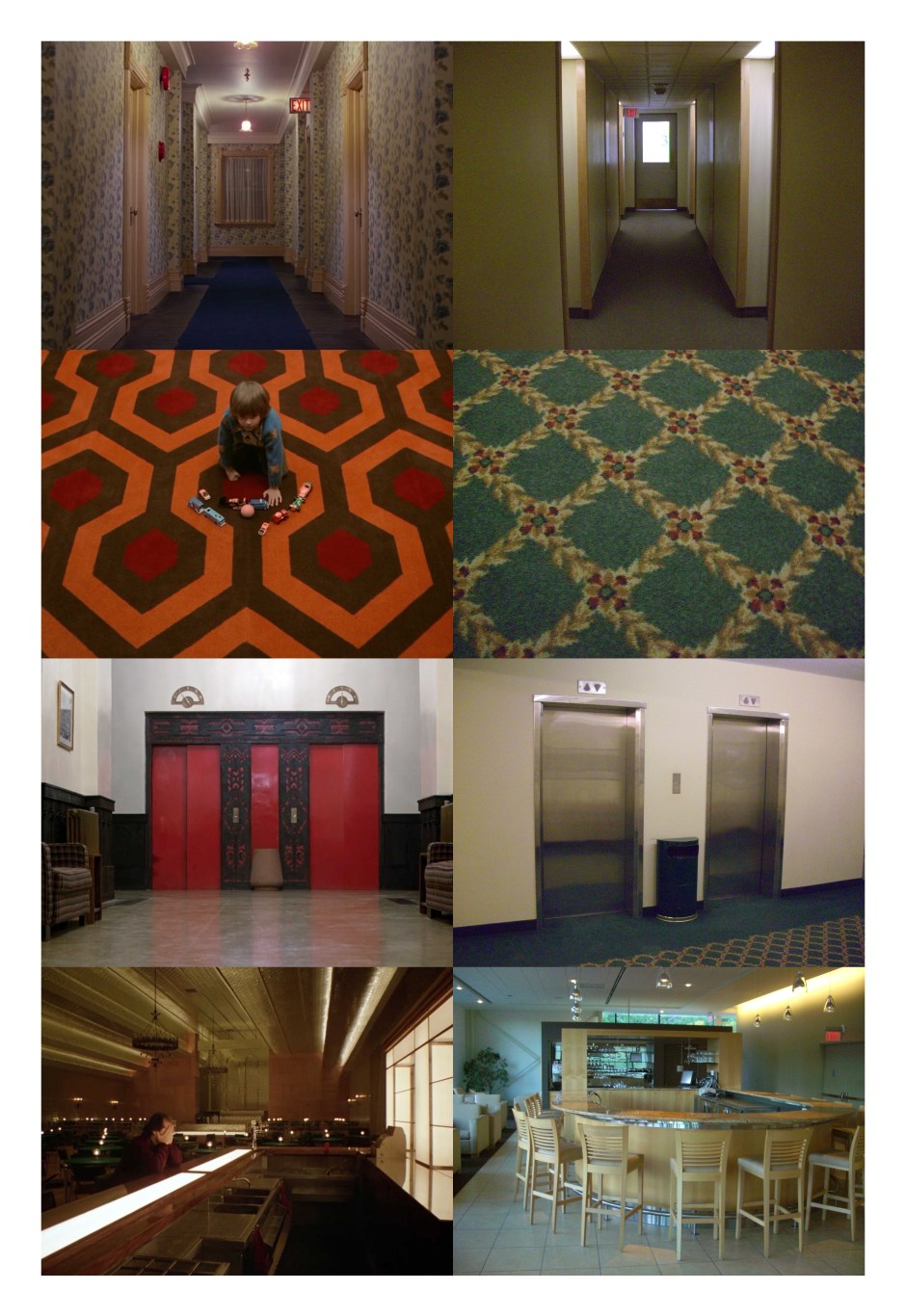
You must be logged in to post a comment.